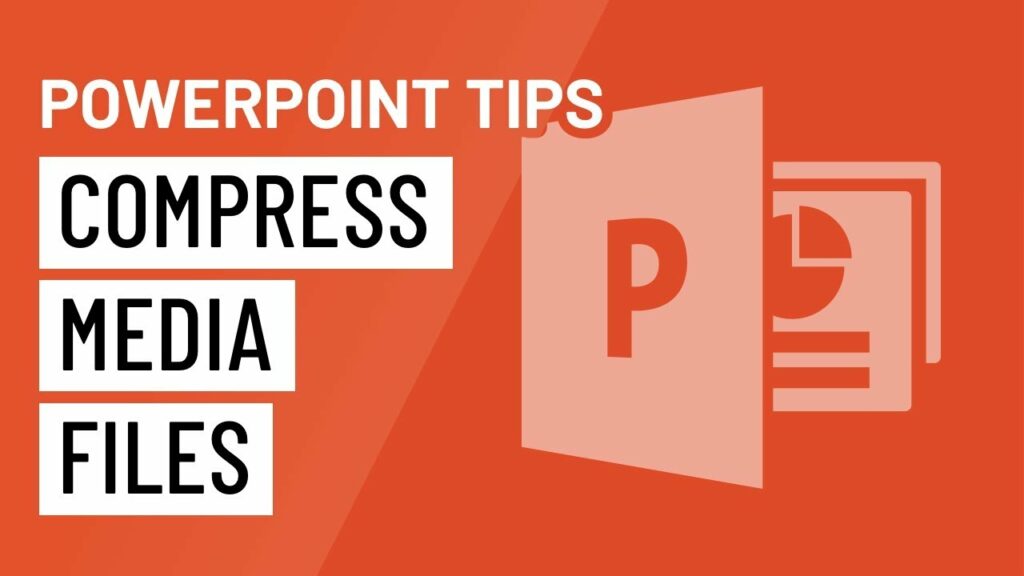Streamlining Performance: A Thorough Exploration of Compressing Media Files in PowerPoint

Introduction:
As the landscape of presentations evolves, multimedia elements have become integral components, enhancing the visual and auditory impact of PowerPoint slides. However, the inclusion of media files can contribute to large file sizes, potentially hindering performance and collaboration. In response to this challenge, PowerPoint offers a powerful solution – the ability to compress media files. In this exhaustive guide, we will delve into the intricacies of compressing media files in PowerPoint, exploring the methods, benefits, and advanced techniques that empower presenters to strike a balance between rich content and optimal performance.
I. Understanding the Need for Compressing Media Files:
A. File Size Implications:
- High-resolution images, audio, and video files can substantially increase the size of PowerPoint presentations.
- Large file sizes may lead to slower loading times, difficulties in sharing, and challenges in collaborating on presentations.
B. Performance Optimization:
- Compressing media files is a proactive measure to optimize performance, ensuring that presentations run smoothly and seamlessly.
- Reduced file sizes contribute to faster loading times and a more responsive presentation experience.
II. Methods for Compressing Media Files in PowerPoint:
A. Image Compression:
- PowerPoint provides options for compressing images directly within the application.
- Users can select the desired level of compression to balance image quality and file size.
B. Video Compression:
- Compressing video files is essential for maintaining playback quality while minimizing file size.
- PowerPoint offers settings for video compression, allowing users to choose the level of quality that suits their presentation needs.
C. Audio Compression:
- Audio files, especially those in uncompressed formats, can contribute significantly to file size.
- PowerPoint enables users to compress audio files while retaining acceptable playback quality.
III. Step-by-Step Guide to Compressing Media Files:
A. Image Compression:
- Select the image or images you wish to compress.
- Navigate to the “Format” tab, click on “Compress Pictures,” and choose the desired resolution and compression options.
B. Video Compression:
- Click on the video thumbnail in PowerPoint.
- Navigate to the “Playback” tab, select “Video Tools,” and choose “Compress Media” to access compression options.
C. Audio Compression:
- Right-click on the audio icon in PowerPoint.
- Select “Format Audio” and choose “Compress Pictures” to access compression settings.
IV. Advanced Techniques for Media File Compression:
A. Custom Compression Settings:
- PowerPoint offers custom compression settings for users who seek more granular control over file size and quality.
- Customizing compression options ensures that presentations meet specific requirements without sacrificing visual or auditory impact.
B. External Compression Tools:
- In situations where PowerPoint’s built-in compression options may not suffice, users can explore external compression tools.
- These tools offer advanced features for optimizing media files while providing additional control over compression settings.
V. Benefits of Compressing Media Files:
A. Enhanced Portability:
- Compressed media files contribute to more portable presentations.
- Smaller file sizes facilitate easy sharing, collaboration, and portability across devices.
B. Improved Loading Times:
- Smaller media files lead to faster loading times, ensuring a seamless and responsive presentation experience.
- Optimizing loading times is crucial, especially in scenarios where presentations are delivered in real-time.
VI. Troubleshooting and Common Challenges:
A. Loss of Quality Concerns:
- Users may express concerns about potential loss of quality when compressing media files.
- Balancing compression settings and testing the presentation thoroughly helps strike a suitable compromise between quality and file size.
B. Compatibility Issues:
- Compatibility between compression settings and different devices or platforms may pose challenges.
- Conducting thorough tests on various devices ensures that the compressed presentation performs consistently.
VII. Conclusion:
In the dynamic realm of multimedia-rich presentations, the ability to compress media files in PowerPoint emerges as a strategic tool for presenters seeking to optimize performance without compromising content quality. By mastering the methods, exploring advanced techniques, and understanding the benefits and potential challenges, users can seamlessly integrate compressed media files into their presentations, ensuring a balance between visual and auditory impact and optimal performance. This comprehensive guide equips presenters with the knowledge and tools needed to navigate the intricacies of media file compression, allowing them to deliver compelling presentations that captivate audiences without the burden of unwieldy file sizes. Embrace the power of compression, streamline your presentations, and redefine the way you share and collaborate on multimedia-rich content in PowerPoint.







